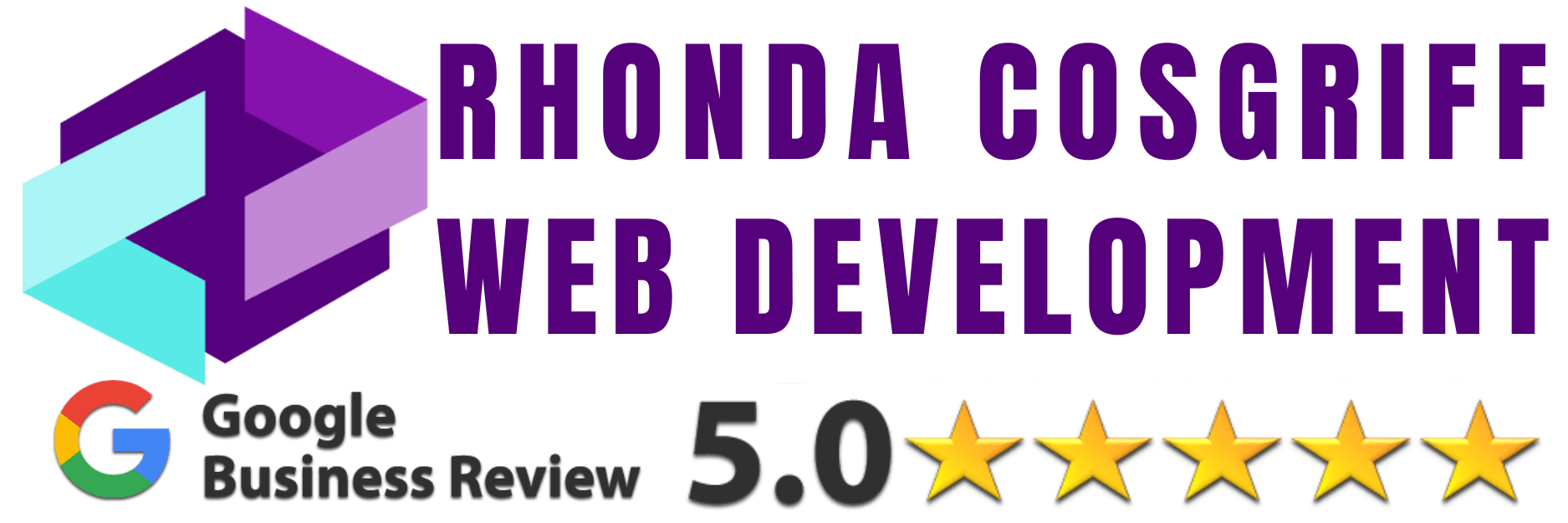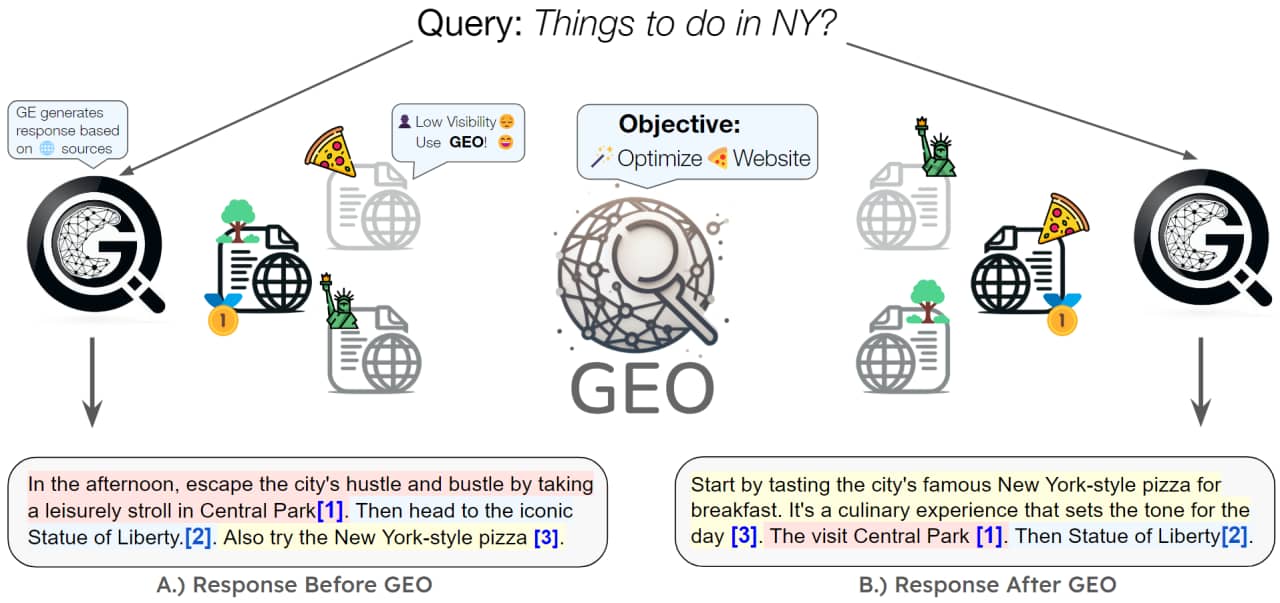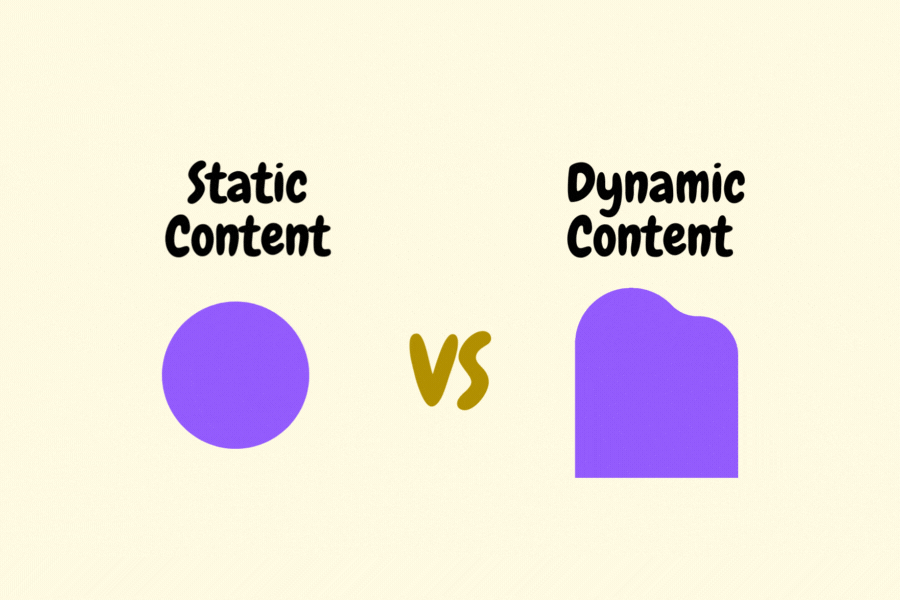SEO Techniques for Better Rankings
?, ?, ?, ?, ?, ?, ?, ?, ?, ?, ?, ?️, ?, ?, ?️, ?, ?, ?, ?, ?, ?, ?, ?, ?️, ?, ?, ?
In the vast and ever-changing realm of the digital landscape, the prominence of achieving a competitive edge in terms of online visibility has become increasingly pivotal for businesses of all sizes. This is where Search Engine Optimization (SEO) emerges as a formidable tool that can remarkably influence a website’s standing on the coveted Search Engine Results Pages (SERPs). By methodically integrating efficacious SEO techniques into their digital strategies, businesses can not only elevate their online presence but also allure organic traffic in abundance, culminating in superior search engine rankings. In this comprehensive exposition, we will thoroughly delve into the quintessential digital marketing SEO techniques that wield the potential to propel your website to the summit of search engine rankings.
Mastery over the intricate art of SEO holds the key to attaining elevated rankings, securing an advantageous vantage point amid fierce competition. The foundation of this conquest lies in the unassailable understanding of SEO’s bedrock principles, encapsulating a profound comprehension of its nuanced dynamics. SEO, an acronym for Search Engine Optimization, essentially involves the strategic refinement of a website’s structure, content, and other underlying elements to be optimally aligned with the algorithms of prominent search engines, such as Google. The resounding impact of SEO is underscored by the fact that a substantial majority of online experiences commence with a search engine query.
![]()
The Role of Keywords in SEO
A cornerstone of SEO strategy lies in judiciously selecting and deploying keywords that mirror the intent of users’ search queries. Keywords serve as the linguistic bridge between what users are seeking and the content that websites offer. For instance, if you’re operating a bakery in San Francisco, relevant keywords might include “San Francisco artisan bakery” or “freshly baked goods in SF.” Integrating these keywords into your website’s content and meta information enhances the likelihood of your bakery appearing in search results when potential customers seek such offerings.
Crafting Compelling Meta Titles and Descriptions
Meta titles and descriptions, the brief snippets that appear in search results, wield considerable influence over users’ decisions to click on a link. Crafting meta titles that encapsulate the essence of your content while piquing curiosity can significantly enhance click-through rates. Descriptions, on the other hand, should succinctly outline what users can expect to find on your webpage. By aligning meta titles and descriptions with the content’s actual substance, you not only entice users but also earn favor with search engine algorithms.

The Significance of Proper Header Tags (H1, H2, H3)
Header tags, ranging from H1 to H6, structure content hierarchically, allowing search engines to comprehend the content’s organization. The H1 tag typically denotes the main title of a page, while H2, H3, and subsequent tags delineate subsections. Employing these tags in a coherent manner enhances the readability of your content for both users and search engines, contributing to a positive user experience and improved rankings.
Creating High-Quality and Relevant Content
The adage “content is king” holds steadfast in the realm of SEO. Crafting high-quality, relevant, and authoritative content is paramount for garnering both user engagement and search engine recognition. Search engines prioritize content that provides genuine value to users. This entails not only addressing users’ queries but also offering comprehensive insights, actionable advice, and informative perspectives. Such content naturally attracts backlinks, social shares, and longer dwell times—all of which amplify your website’s authority and visibility.
How Much Should You Budget for Blog Articles: A Business Owner’s Guide
Optimizing Images for Better User Experience
Images play a pivotal role in enhancing the visual appeal and comprehensibility of your website’s content. However, they can also impede page loading speed if not optimized correctly. Optimizing images involves striking a balance between image quality and file size. This can be achieved by compressing images, using appropriate file formats (such as JPEG for photographs and PNG for graphics), and providing descriptive alt text that aids accessibility and informs search engines about image content.

Ensuring Mobile Responsiveness and Page Speed
In today’s mobile-centric landscape, the responsiveness of your website on various devices is of paramount importance. Search engines prioritize websites that offer a seamless experience across different screen sizes, ensuring that users can easily navigate and consume content regardless of whether they’re using a desktop, tablet, or smartphone. Furthermore, page loading speed directly influences user satisfaction and, consequently, search engine rankings. Slow-loading pages often lead to high bounce rates, signaling to search engines that the content might not be valuable or relevant.
Implementing Secure Sockets Layer (SSL) Encryption
Website security is a non-negotiable aspect in the digital age, not only for protecting user data but also for SEO purposes. Google, for instance, gives preference to websites that employ SSL encryption, marking them as secure with a padlock icon in browsers. This added layer of security not only fosters user trust but also contributes positively to search engine rankings.

Generating XML Sitemap for Search Engines
An XML sitemap is a roadmap for search engines that outlines the structure of your website and provides information about the various pages, their relationships, and their last update times. By submitting an XML sitemap to search engines like Google, you facilitate their crawling process, ensuring that your website’s content is indexed accurately. This, in turn, enhances the likelihood of your pages appearing in search results.
Building High-Quality Backlinks from Authoritative Sources
Off-page SEO revolves around building a robust backlink profile—essentially, acquiring links from other websites that point to yours. However, the quality of these backlinks matters significantly more than the quantity. Backlinks from authoritative and relevant sources signal to search engines that your content is trustworthy and valuable. These endorsements, known as “link juice,” can substantially boost your website’s credibility and ranking potential.

Leveraging Social Media for Increased Visibility
The symbiotic relationship between social media and SEO is undeniable. While social media engagement itself doesn’t directly impact search engine rankings, the content you share on these platforms can garner shares, likes, and comments, amplifying your reach and potentially attracting valuable backlinks. Additionally, active social media profiles contribute to building your brand’s online presence, which indirectly influences search engine visibility.
Setting Up and Optimizing Google My Business
For businesses with a physical presence, optimizing Google My Business (GMB) is imperative for local SEO success. GMB allows you to manage your business information, including address, phone number, and business hours, which is crucial for appearing in local search results. Positive reviews and photos uploaded by customers also enhance your credibility and visibility in the local landscape.
![]()
Creating Valuable and Shareable Content
Content marketing is not only about creating content—it’s about crafting content that resonates with your target audience. Valuable, insightful, and shareable content not only positions your brand as an industry authority but also encourages users to engage and share. The more your content is shared, the wider your audience becomes, leading to increased organic traffic and potential backlinks.
Ensuring Easy Website Navigation
User experience (UX) plays an instrumental role in both retaining visitors and influencing search engine rankings. A website with intuitive navigation ensures that users can easily find the information they seek. A well-organized navigation structure contributes to longer dwell times, lower bounce rates, and ultimately signals to search engines that your website offers a positive user experience.
Utilizing Google Analytics for Insights
Analytics tools like Google Analytics provide a treasure trove of data that can be leveraged to refine your SEO strategies. By monitoring metrics like page views, bounce rates, and user demographics, you gain insights into what’s working and what needs adjustment. This data-driven approach enables you to continuously optimize your website for better user engagement and search engine performance.
 Understanding the Rise of Voice Search
Understanding the Rise of Voice Search
The proliferation of voice-activated devices has given rise to voice search, a trend that impacts SEO strategy. Voice search queries are often conversational in nature and include natural language patterns. Optimizing your content for voice search involves incorporating long-tail keywords and anticipating user questions to align with the way people speak.
Keeping Up with Algorithm Updates
Search engine algorithms are in a constant state of evolution. Staying abreast of these updates is crucial to adapting your SEO strategy accordingly. Google’s algorithm updates can influence how your website ranks, and staying informed allows you to make necessary adjustments to maintain or improve your position.
The Growing Significance of User Intent
Understanding user intent is at the core of successful SEO. Search engines aim to deliver results that align with what users are looking for. Tailoring your content to address user intent—whether it’s informational, navigational, or transactional—enhances the likelihood of your website ranking higher in relevant search queries.
Embracing Visual and Voice Search
Visual and voice search are emerging trends that are reshaping the digital landscape. Visual search involves using images to find information, while voice search relies on spoken queries. Optimizing for these trends involves techniques like incorporating descriptive image alt text and conversational keywords, which cater to these novel search methods.
 Conclusion
Conclusion
In the labyrinthine realm of digital marketing, where competition is fierce and algorithms are ever-evolving, mastering the art of SEO is pivotal. Each technique in this comprehensive repertoire serves as a puzzle piece contributing to the overarching goal of achieving better rankings. SEO is not a one-size-fits-all endeavor; it’s an amalgamation of strategic maneuvers that adapt to changing times and technologies. By diligently applying these techniques, businesses can navigate the intricate maze of digital marketing, propelling their websites to the zenith of search engine rankings.
FAQs
- What is the primary objective of SEO? The primary objective of SEO is to enhance a website’s visibility on search engines, leading to increased organic traffic and improved online presence.
- Why are keywords important in SEO? Keywords are crucial because they connect user search queries with relevant content. Properly selected and optimized keywords help search engines understand what your content is about and who it’s intended for.
- How often should I update my website’s content? Regularly updating your content, especially with fresh insights and relevant information, signals to search engines that your website is current and valuable. Aim for consistent updates without sacrificing quality.
- What role does mobile optimization play in SEO? Mobile optimization is vital because search engines prioritize mobile-friendly websites. With a significant portion of users accessing the internet via mobile devices, ensuring responsive design and fast loading times is crucial for retaining users and earning higher rankings.
- How can I stay updated with the latest SEO trends? Following reputable SEO blogs, attending industry conferences, and keeping an eye on official announcements from search engines like Google are effective ways to stay informed about the latest SEO trends and algorithm update.
Next- Pay-Per-Click Advertising (PPC)











